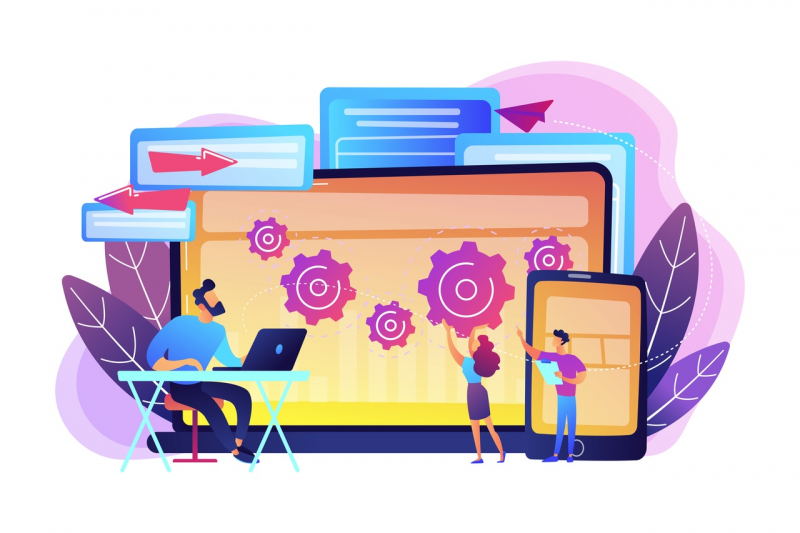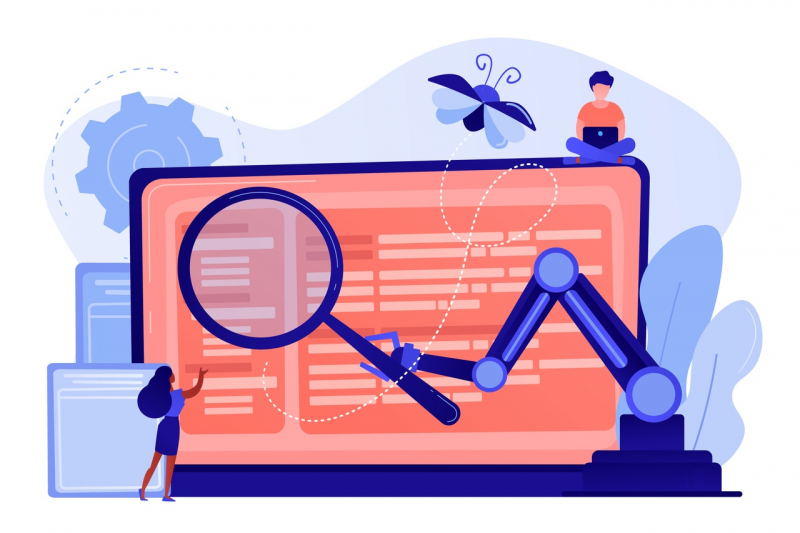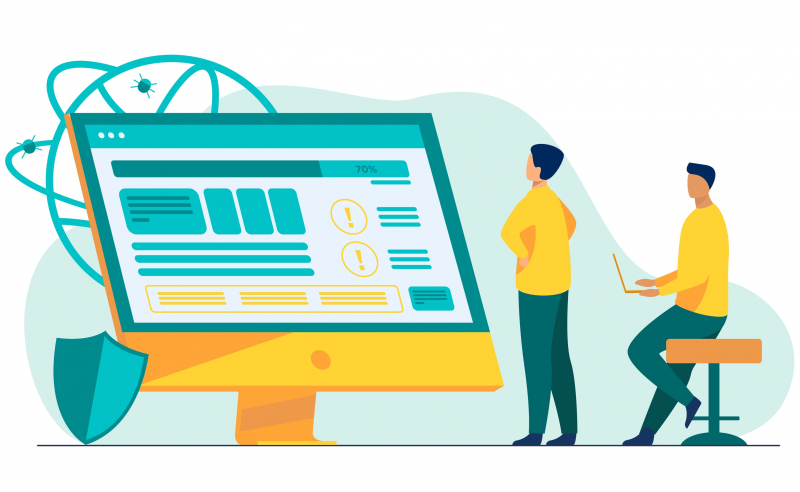The main feature of a tester is a well-trained mind. To be more specific, this means: critical thinking, the ability to learn, a desire to dig deeper, responsibility, curiosity, attention to detail, love for technologies, versatile thinking, mild perfectionism, and the ability to predict various, even the least likely scenarios.
One may ask: why does a person who is simply looking for bugs need so many traits? The thing is, testing is much more than that. A tester plays the key role in a team: they are a link between developers, product managers, and support specialists.
How does it work? Product managers come up with a concept for an IT product, research the market, and describe the features needed for it to succeed. Developers (programmers and architects) decide how to implement these ideas. Support managers help clients after software or an app has been already launched and collects feedback.

Testers work at the intersection of these departments, as they are responsible for the quality of the product both from the technical and business point of view.
Of course, they look for bugs, but they also assess whether it’s reasonable to implement a certain feature in the project. Moreover, by analyzing user feedback they look for reasons behind errors. If the reason lies in miscommunication between departments, a tester is the one who should notice that.
A career path in testing

As we can see, testing means much more than checking if the product works properly. It comes with a lot more powers and responsibilities. Now, let’s move on to the way testers build their careers. How is it possible for a tester to become a specialist without previous knowledge in IT?
One can become a professional even having little to no experience; sometimes, a general understanding of the field is enough. However, even this may not be necessary if one is ready to study a lot and achieve good results. Junior testers should train a lot by looking for bugs, reading books, watching tutorials, and practicing.
By improving their skills, they take up a middle position. Middle testers are ready to solve tasks fully on their own. They can test a feature by collecting necessary information, finding out how the feature works, drawing up a testing plan, evaluating the feature, and finally concluding whether it’s worth implementing or not. After reaching a middle position, testers can either pursue growth in this field and work towards a senior tester or an architect, or lean towards management positions, becoming a team lead.
It’s also worth noting that by improving their technical skills, a tester can not only deal with automatization processes, but also with product testing. Product testing is about evaluating the project from the business’s and user’s point of view.
The main responsibility of a tester is to conduct experiments.
“It’s like science: you can argue anything, but until you’ve proven it experimentally – you basically don’t know anything,” adds Denis Polev.
Tips for beginners

At the webinar, Denis invited the viewers to check their testing abilities. The task was to evaluate the key quality criteria of a passport, to think how it can be improved, what the users may appreciate, and what is extra. Such a task is quite similar to real objectives that testers face and it demonstrates the many sides of their work.
Denis Polev answered additional questions and stated that at a job interview, you would need to demonstrate logical, quick, and versatile thinking. On that note, VEEAM has open positions for junior testers. The company provides applicants an opportunity to do a paid internship first, which may lead to a permanent position at the company.
The expert also made a few suggestions for those who consider testing as a career.
- Firstly, he advised them to improve their English skills, as most documentation is written in English.
- Secondly, as further reading he suggests Testing Computer Software by Cem Kaner, Jack Falk, and Hung Q. Nguyen, as well as Lessons Learned in Software Testing by Bret Pettichord, James Bach, and Cem Kaner.





